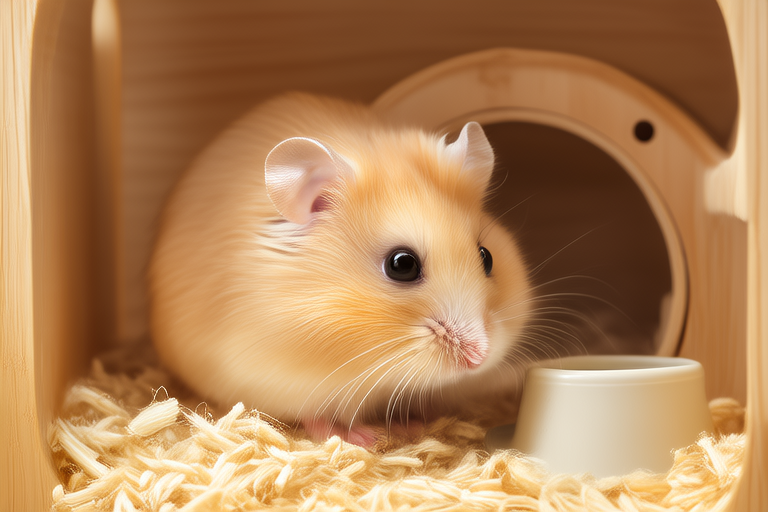Adorable Hamster Hiding Habits: What They Mean and How to Respond
Welcome to the fascinating world of hamsters! These tiny, adorable creatures have captured the hearts of many pet lovers. Understanding their behavior, particularly their hiding habits, is crucial for ensuring their well-being and forming a strong bond with them. By learning what their hiding habits mean and how to respond, you can create a comfortable and safe environment for your little friend. This guide will help you navigate the nuances of your hamster’s behavior, providing insights into their needs and offering practical advice on how to meet those needs.
Common Hiding Habits and Their Reasons
Hamsters are known for their burrowing instincts, which often manifest in their desire to hide. Whether it’s behind furniture, inside a cozy nest, or within their bedding, hamsters seek out places where they feel secure. This behavior stems from their natural instincts in the wild, where finding a safe spot is essential for survival.
One common hiding habit is digging under or behind objects. Your hamster might burrow under a blanket or hide behind the water bottle in its cage. This could be a sign that your hamster is looking for comfort and security. Another frequent habit is building nests with soft materials like tissue paper or hay. These nests serve as a safe haven where your hamster can rest and feel protected.
Privacy is another important aspect of your hamster’s life. Some hamsters prefer to spend time alone, especially during the day when they are typically more active. Providing a hideaway or a tunnel system in their cage can give them the privacy they need. These spaces offer a sense of seclusion and can reduce stress, making your hamster feel more at home.
Differentiating Normal Behavior from Stress or Health Issues
While hiding is generally a normal behavior for hamsters, there are times when it might indicate stress or health issues. It’s essential to observe your hamster closely and look for other signs that might suggest something is wrong. If your hamster is excessively hiding, avoiding food, or showing signs of lethargy, it could be a sign of illness or discomfort.
Signs of stress include excessive grooming, biting cage bars, or becoming overly aggressive. On the other hand, signs of illness may include loss of appetite, weight loss, difficulty breathing, or changes in bathroom habits. If you notice any of these symptoms, it’s best to consult a veterinarian who specializes in small animals.
Normal behavior, however, includes occasional hiding for short periods, especially after being handled or during playtime. Your hamster might also hide if it’s scared by loud noises or sudden movements. In these cases, giving your hamster some space and time to calm down is usually sufficient.
Tips for Responding Appropriately to Your Hamster’s Hiding Habits
Understanding why your hamster hides and responding appropriately can greatly enhance its quality of life. Here are some tips on how to create a comfortable and less stressful environment for your pet:
- Provide Adequate Shelter: Make sure your hamster has access to a variety of hiding spots. This could include tunnels, nesting boxes, or even small cardboard boxes lined with soft bedding. The more options you provide, the better your hamster will feel about its living space.
- Respect Privacy: While it’s tempting to interact with your hamster constantly, it’s important to respect its need for privacy. Allow your hamster time to rest and recharge in its hiding spots without disturbing it.
- Create a Calm Environment: Keep your hamster’s living area free from loud noises and bright lights. A peaceful environment will help your hamster feel more secure and less stressed.
- Handle Gently: When handling your hamster, do so gently and calmly. Avoid sudden movements or loud noises that might startle your pet. Always support its body and never pick it up by the tail.
Maintaining a Healthy Relationship with Your Pet
Maintaining a healthy relationship with your hamster involves understanding and respecting its needs. By paying attention to its hiding habits and responding appropriately, you can foster a strong bond with your pet. Regular interaction, proper care, and a safe environment will ensure that your hamster remains happy and healthy.
Remember, each hamster is unique, and what works for one may not work for another. Be patient and observant, and adjust your approach based on your hamster’s individual preferences. With time and effort, you’ll develop a deep understanding of your pet’s behavior and create a loving, supportive environment for it to thrive in.
